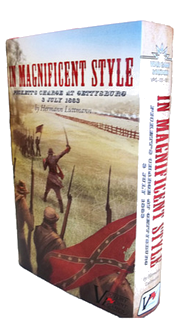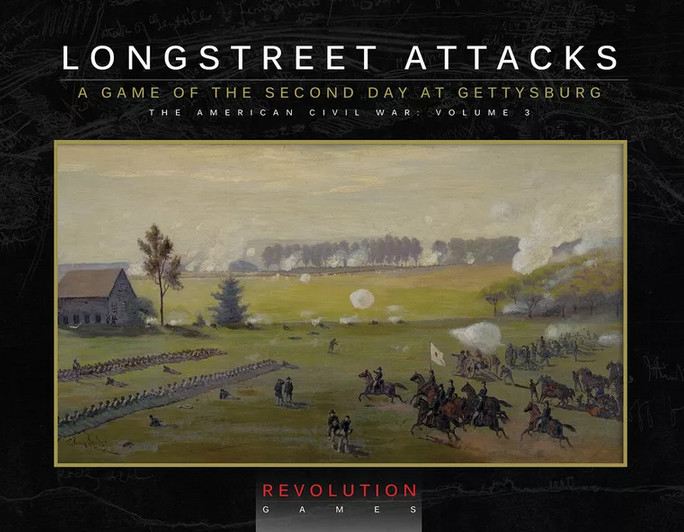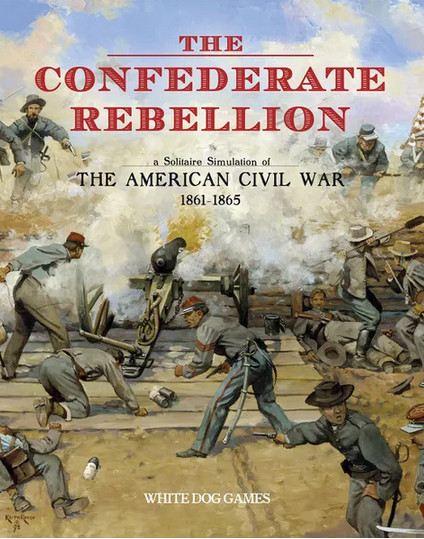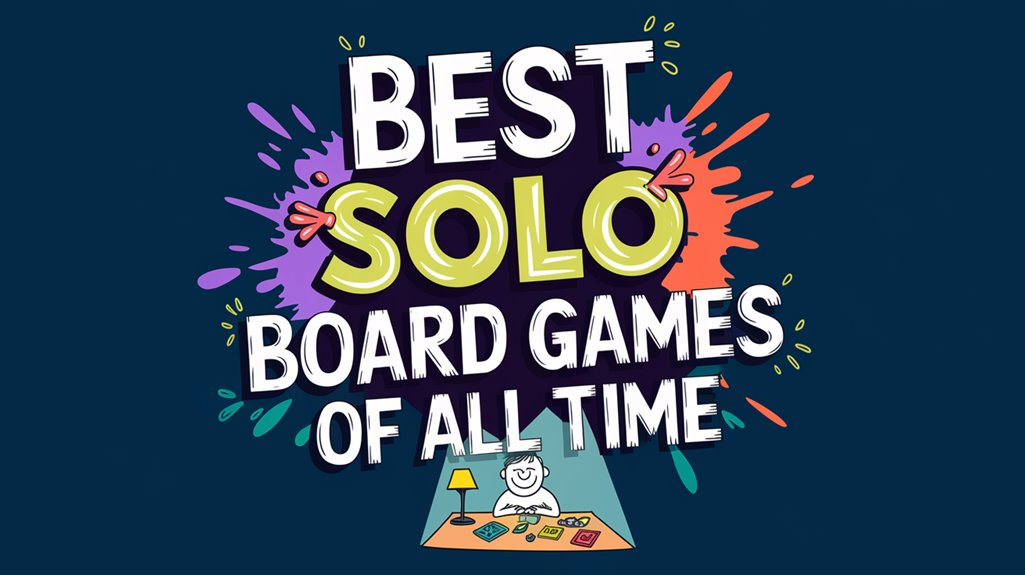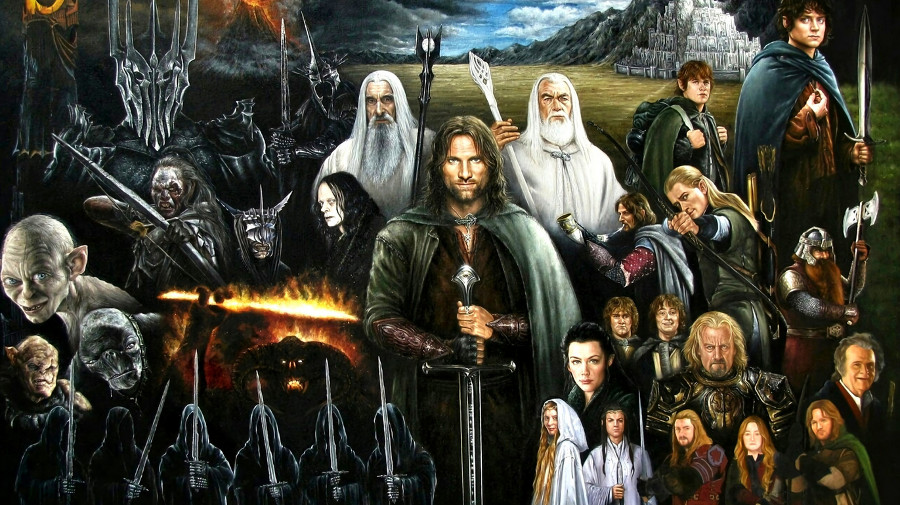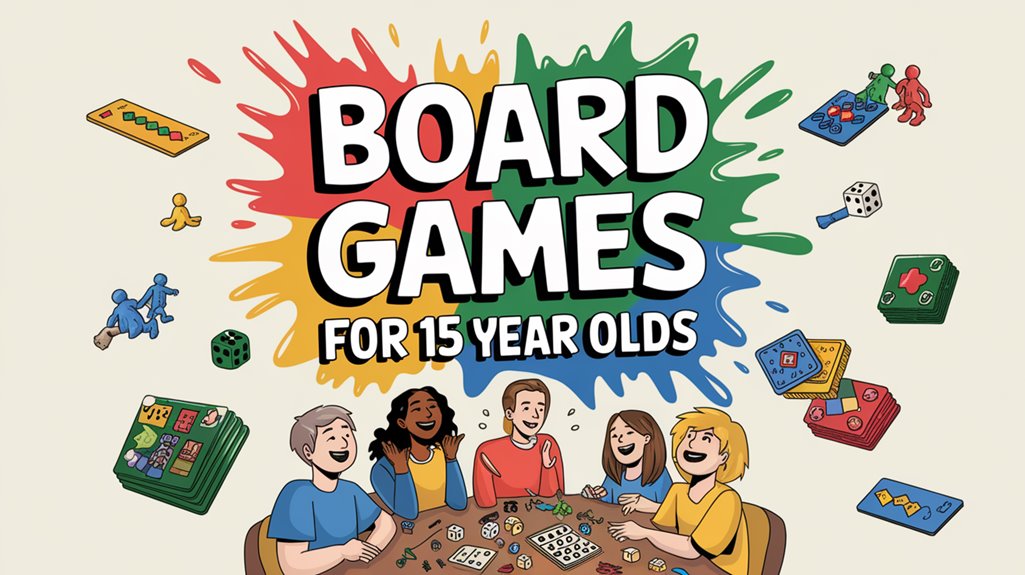The American Civil War continues to engage enthusiasts through the medium of solitaire board gaming, offering unique perspectives on this pivotal period in history. While traditional multiplayer wargames dominate the market, solo variants provide an intimate experience where players can investigate complex military decisions without the need for opponents. From Pickett’s legendary charge to Mosby’s guerrilla campaigns, these games transform historical moments into thoughtful puzzles of strategy and resource management. The evolution of solo Civil War gaming has produced increasingly sophisticated systems that challenge players to reconsider their understanding of this remarkable conflict.
Key Takeaways
- “Mosby’s Raiders” is a dedicated solitaire Civil War board game focusing on guerrilla warfare tactics in Confederate Virginia operations.
- Civil War solo games typically feature turn-based systems with dice rolls and resource management for engaging single-player experiences.
- Historical accuracy and educational value make solo Civil War games effective tools for learning military strategies and battlefield decisions.
- Solo gameplay mechanics often incorporate special event cards and combat resolution systems to simulate opposing forces’ actions.
- Games focusing on specific battles like Pickett’s Charge allow solo players to deeply explore tactical decisions from one commander’s perspective.
In Magnificent Style: Pickett’s Charge at Gettysburg (2012)
“In Magnificent Style: Pickett’s Charge at Gettysburg” is a 2012 solitaire board game that recreates the famous Confederate assault on Cemetery Ridge during the Battle of Gettysburg. The game focuses on the pivotal moment of July 3, 1863, allowing players to command Confederate forces in their desperate attempt to break the Union center.
The game mechanics blend historical accuracy with engaging gameplay through a turn-based system that incorporates dice rolling and card draws. Players must make strategic decisions while considering terrain features, troop movements, and morale factors that affected the actual battle. The design emphasizes Civil War tactics of the period, challenging players to navigate the same obstacles faced by historical commanders.
As an educational tool, the game provides deep insights into one of the most significant moments of the American Civil War. Players learn about military strategy while managing approximately 12,500 Confederate troops across the battlefield. The game has received recognition for its detailed portrayal of Pickett’s Charge, making it valuable for both serious history enthusiasts and those seeking to understand this vital military engagement through interactive gameplay.
Longstreet Attacks: The Second Day at Gettysburg (2018)
Released in 2018, “Longstreet Attacks: The Second Day at Gettysburg” is an extensive solitaire wargame that immerses players in the vital Confederate assaults of July 2, 1863. This strategic board game recreates the significant battles at locations like the Wheatfield and Peach Orchard, where Longstreet’s tactics played a pivotal role in shaping the conflict’s outcome.
The game features a detailed map of Gettysburg’s terrain and includes miniatures representing military units from both sides. Players must employ Gettysburg strategies through a turn-based system, managing resources and making important decisions that mirror the historical challenges faced by commanders. Combat resolution utilizes dice rolls and special event cards, adding elements of uncertainty to each engagement.
Beyond its entertainment value, the game serves as an educational tool, offering insights into Civil War military leadership and decision-making processes. Players gain a deeper understanding of the complexities involved in nineteenth-century warfare while developing critical thinking skills. The thorough rulebook and scenario options provide multiple paths to investigate various historical outcomes, making each playthrough a unique learning experience.
The Confederate Rebellion (2014)
Commanding officers gather around a detailed map of the Southern states in “The Confederate Rebellion,” a strategic board game released in 2014 that recreates the military and political struggles of the American Civil War. The game emphasizes Confederate strategies while maintaining historical accuracy through its detailed representation of key figures and battles.
| Game Aspect | Mechanics | Educational Value |
|---|---|---|
| Resource Management | Supply tracking | Military logistics |
| Combat System | Dice-based resolution | Battle tactics |
| Event Cards | Historical scenarios | Period knowledge |
| Victory Points | Territory control | Strategic planning |
This educational gameplay experience spans 2-3 hours, allowing players to investigate complex decisions faced by Confederate leaders. Through careful resource management of troops and supplies, participants must navigate challenges while responding to random events that mirror actual historical occurrences. The game features notable figures like Jefferson Davis and Robert E. Lee, incorporating their strategic decisions into gameplay mechanics. Players earn victory points through territorial control and achieving military objectives, making each session a unique examination of Civil War-era command decisions.
The Lost Cause: The American Civil War, 1861-1865 (2010)
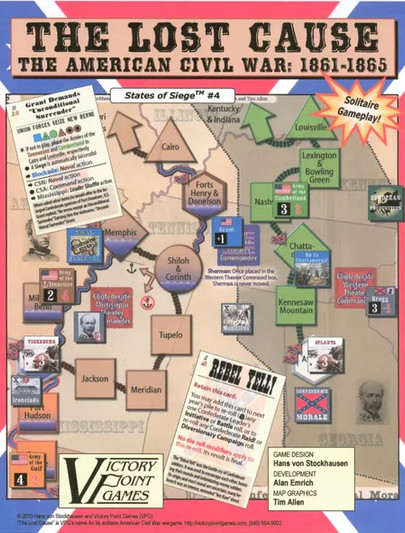
The Lost Cause: The American Civil War, 1861-1865 emerged in 2010 as a thorough simulation of the nation’s defining conflict. This board game stands out for its commitment to historical accuracy, allowing players to investigate the complex military and political dynamics of the war through detailed gameplay mechanics.
The game features an extensive map of Civil War battlefields and territories, where players manage troops, supplies, and morale across 2-4 hour sessions. Through alternating turns, participants engage in Civil War strategies that mirror actual historical campaigns, including pivotal moments like the Battles of Gettysburg, Antietam, and Vicksburg. Combat outcomes are determined through dice rolls, while special abilities tied to historical figures add depth to tactical decisions.
Educational value remains a cornerstone of the design, with included historical notes and references encouraging deeper understanding of the period. The game’s accessibility features guarantee that diverse players can engage with the material, while its resource management system and victory conditions create meaningful choices that reflect the war’s actual challenges. This dedication to authenticity has earned positive reviews from players seeking both entertainment and historical insight.
Here Come the Rebels (1993)
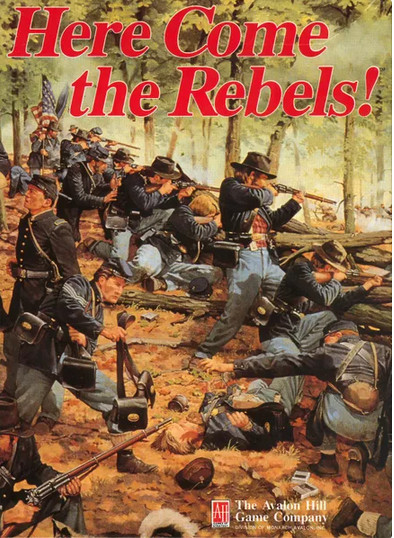
Players in Here Come the Rebels (1993) immerse themselves in a strategic simulation of Civil War combat that unfolds across a detailed map of contested territories. The game mechanics emphasize resource management and tactical decision-making, allowing players to command their forces through a series of calculated moves and engagements.
The game accommodates 2-4 players and typically runs 60-90 minutes, featuring unique miniatures representing different factions. Each faction possesses distinct abilities and advantages, requiring players to develop specialized faction strategies to maximize their effectiveness on the battlefield. The combat system relies on dice rolls combined with strategic planning, while victory conditions drive players toward specific objectives.
Success in Here Come the Rebels demands careful territory control and resource allocation. Players must balance immediate tactical needs with long-term strategic goals while anticipating opponent movements. The game has received positive recognition from the board gaming community, earning award nominations and maintaining active discussion forums. Its design promotes educational value through strategic thinking and historical engagement, while leaving room for potential expansions to improve the gaming experience.
Stonewall Jackson’s Way (1992)
Released in 1992, Stonewall Jackson’s Way immerses participants in the strategic military campaigns of Confederate General Thomas “Stonewall” Jackson during the American Civil War. This two-player board game recreates the intense tactical maneuvers of the Shenandoah Valley campaign, featuring a detailed map and thorough unit counters that represent both Union and Confederate forces.
The game’s strength lies in its historical accuracy, offering players authentic military scenarios while maintaining accessible gameplay mechanics. Combat resolution involves dice rolls modified by unit strength and terrain effects, creating dynamic battlefield situations that mirror actual Civil War engagements. A typical session lasts between one to two hours, allowing players to undergo the strategic depth of historical battles like Kernstown.
The game has earned recognition for its educational value and strategic complexity. Players must consider factors such as terrain advantages, unit positioning, and resource management, similar to the actual challenges faced by Civil War commanders. The inclusion of special event cards and victory point objectives adds layers of strategic decision-making, making each playthrough a unique exploration of this pivotal period in American history.
Mosby’s Raiders: Guerilla Warfare in the Civil War (1985)
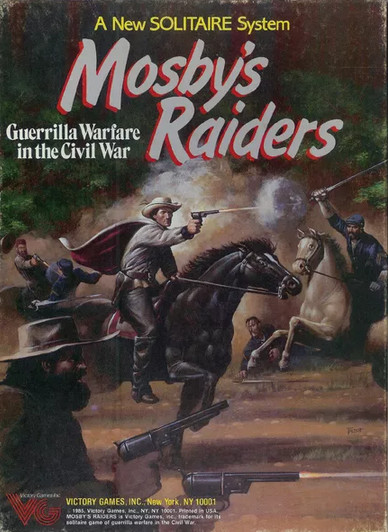
A masterful recreation of guerrilla warfare, Mosby’s Raiders puts players in command of Colonel John S. Mosby’s legendary Confederate unit, which operated throughout Virginia during the Civil War. This 1985 solitaire game captures the essence of the unit’s hit-and-run tactics, allowing players to plan and execute raids on Union supply lines and encampments.
The game mechanics reflect Mosby’s legacy of irregular warfare through a detailed system of movement and combat. Players must utilize local terrain knowledge, just as the historical raiders did, to outmaneuver Union forces and strike vulnerable targets. The design emphasizes the guerrilla tactics that made Mosby’s unit so effective, including surprise attacks and quick withdrawals before enemy reinforcements could arrive.
Victory conditions mirror actual historical objectives, requiring players to disrupt Union operations while preserving their own force. The game includes scenarios based on famous raids, such as the Fairfax Court House operation and the daring capture of General Stoughton. Through careful resource management and strategic planning, players undergo the challenges and opportunities that faced Mosby’s Raiders during their remarkable campaign.
